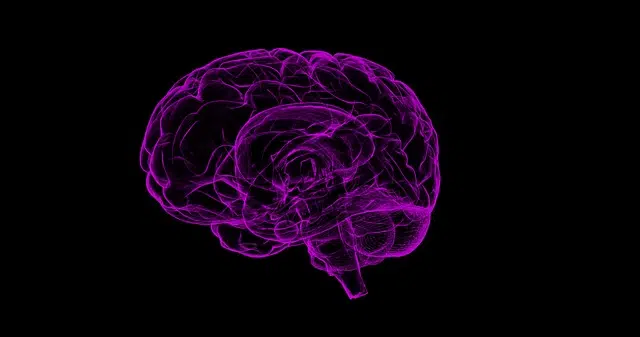
In computing, a memory is a device used for data storage.
Memory (a word that derives from the Latin memoria ) is a faculty that allows human beings to retain and remember past events. The word is also used to refer to the memory that is made or the notice that is given of something that has already happened, and the presentation of facts, data or reasons that refer to a specific issue.
On the other hand, the memoir is a written dissertation or a study on some subject. Another of its meanings refers to the linking of expenses incurred in a department or commercial operation.
A memoir can be a work that someone develops on paper to narrate personal experiences or different details of their private life. The concept is even used as a greeting or polite message to an absentee , whether in writing or through another person.
Memory in the field of computing
In recent years, in the field of technology , the word memory has also allowed us to define the physical device where data can be stored.
There are two types of memories in the world of computers or computers. RAM ( random access memory) is random and can be dynamic (DRAM), which is updated thousands of times a second, always maintaining the latest information so that we can easily access it, or static (SRAM), which does not need be updated, which is why it is faster than dynamic. The RAM memory is available for the use of programs. If when reading the specifications of a computer it says that it has 8M of RAM, we know that the programs we install will have about 8 million bytes of memory to use.
ROM (read-only memory), also called read -only memory, is what is used to store the operating system and the programs that allow the computer to function. In addition, ROM memory also allows random access in the same way that RAM does.

Memory is a brain function that develops thanks to the synaptic connections of neurons.
A brain function
Regarding human memory , it can be said that it is the brain function that is detected by the synaptic connections between neurons. Depending on its temporal extension, we usually speak of short-term memory (resulting from the simple excitation of the synapse in order to enhance or sensitize it temporarily) and long-term memory (a permanent reinforcement of the synapse that is achieved by the stimulation of certain genes and by the synthesis of certain proteins).
Unlike the memory of animals, which usually acts on the basis of their present needs, human memory has the ability to contemplate the past and plan the future . According to some scientists, man barely uses one ten-thousandth (0.0001) of his brain's potential throughout his life.
emotional memory
In psychology, the ability to store memories from certain emotions is called emotional memory . This mechanism works in conjunction with procedural and declarative memory and is what allows us to label and preserve the notion of certain memories linked to emotions.
In this way, when we relate a current event with one linked to our past, we can be moved, laugh or feel similar pleasures. This memory is what allows us to remember faces, aromas, flavors and know if we like them or not.
Deterioration caused by age
Memory is a precious asset but extremely exposed to being corrupted , so much so that in old age there is a decline in cognitive capacity that inevitably affects memory. This problem would not be so serious if it were not related to an alteration in the individual's normal social and work functioning, since memory is essential for all aspects of daily life, from remembering where we keep our socks to what activities we should do.
Age-related memory impairment (AEMD) is a disorder that encompasses the consequences of memory loss in old age and is characterized by being a clinical state where memory function decreases without an apparent cause. Memory loss, in turn, is related to the development of dementia diseases such as depressive disorders or Alzheimer's.
